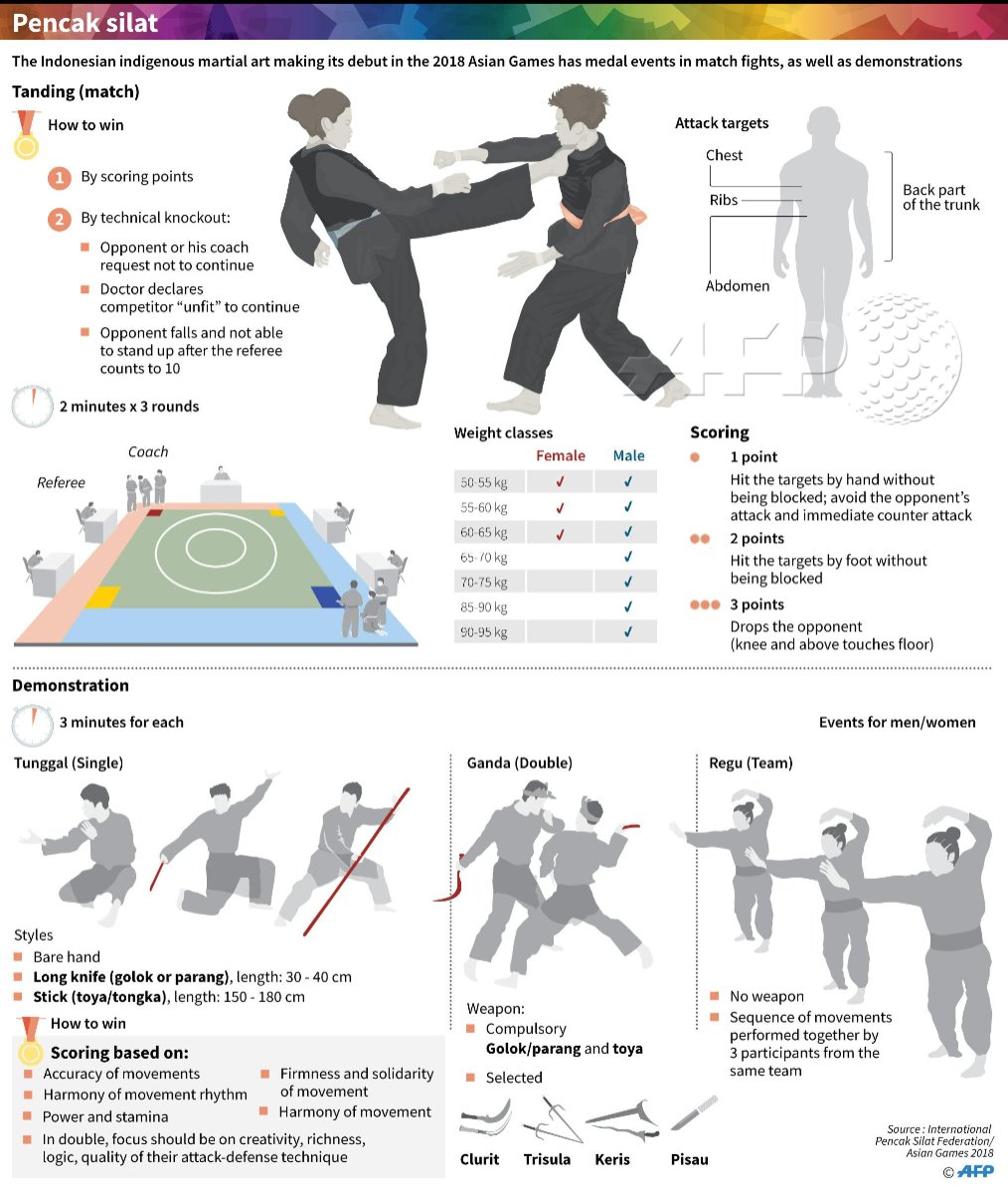Just How Do Typical Martial Arts Focus On Technique Contrast To Modern Battle Sporting Activities Focus On Competition? Discover The Crucial Distinctions That Can Form Your Journey
Just How Do Typical Martial Arts Focus On Technique Contrast To Modern Battle Sporting Activities Focus On Competition? Discover The Crucial Distinctions That Can Form Your Journey
Blog Article
Content Produce By-Kok Hovgaard
When you consider martial arts, do you lean more towards the typical methods or the modern-day fight sports? Each path provides unique advantages and experiences, shaped by their philosophies and training techniques. Traditional martial arts stress individual growth and technique, while modern battle sporting activities focus on competitors and efficiency. Recognizing these distinctions can direct you in choosing the right technique for your journey. But exactly how do these distinctions show up in training and approach?
The Approach and Background Behind Traditional Martial arts
While many people associate martial arts with physical fight, the ideology and history behind typical martial arts run much deeper. You'll find that these disciplines stress personal growth, self-control, and respect.
Originating from old practices, traditional martial arts were typically created for Self-Defense and spiritual growth. They embody principles such as equilibrium, consistency, and self-control, directing experts past mere combating skills.
As you train, you'll not just learn strategies however additionally gain understandings right into the society and values that shaped these arts. The rituals and practices, typically given through generations, foster a feeling of area and belonging.
The Affordable Nature of Modern Battle Sports
Modern combat sporting activities have transformed the landscape of martial arts into a highly competitive arena, where professional athletes face off in a test of skill, strategy, and endurance.
You'll see that competitors are typically arranged with strict rules and guidelines, ensuring fair play and safety. These events bring in huge audiences, fueling the enjoyment and strength of matchups.
Athletes train rigorously, not just for physical prowess but also for psychological strength, recognizing that every information counts in the ring. The adrenaline rush during competitors is palpable, as competitors press their limitations to declare success.
https://deangpwek.tokka-blog.com/35785430/advantages-of-register-kid-in-martial-arts-classes appreciate the athleticism and creativity entailed, making contemporary combat sporting activities a thrilling phenomenon that continues to progress and astound enthusiasts around the globe.
Training Techniques and Techniques: A Relative Evaluation
The competitive ambience of modern-day combat sports needs innovative training approaches that vary dramatically from traditional martial arts.
In modern-day training, you'll concentrate on details strategies, competing, and conditioning, commonly using drills that imitate genuine fight scenarios. You'll see a focus on quantifiable performance and regular competition to analyze your skills.
On the other hand, traditional martial arts focus on types, katas, and philosophical mentors, often emphasizing self-control and respect over competitors.
Training is usually much less extreme and may include recurring practice rather than real-time sparring.
While both approaches build skill and health and fitness, contemporary fight sports give an extra vibrant and adaptable training environment, preparing you for immediate difficulties in the ring or cage.
Select the course that aligns with your goals and passions.
Conclusion
In selecting between standard martial arts and modern combat sporting activities, it really boils down to what you value a lot of. If Get More looking for personal development, discipline, and a feeling of neighborhood, conventional arts could be your ideal fit. But if you flourish on competitors and real-time obstacles, modern-day fight sporting activities could be the way to go. Eventually, both paths supply unique benefits, so it's everything about aligning your training with your individual goals and interests.
